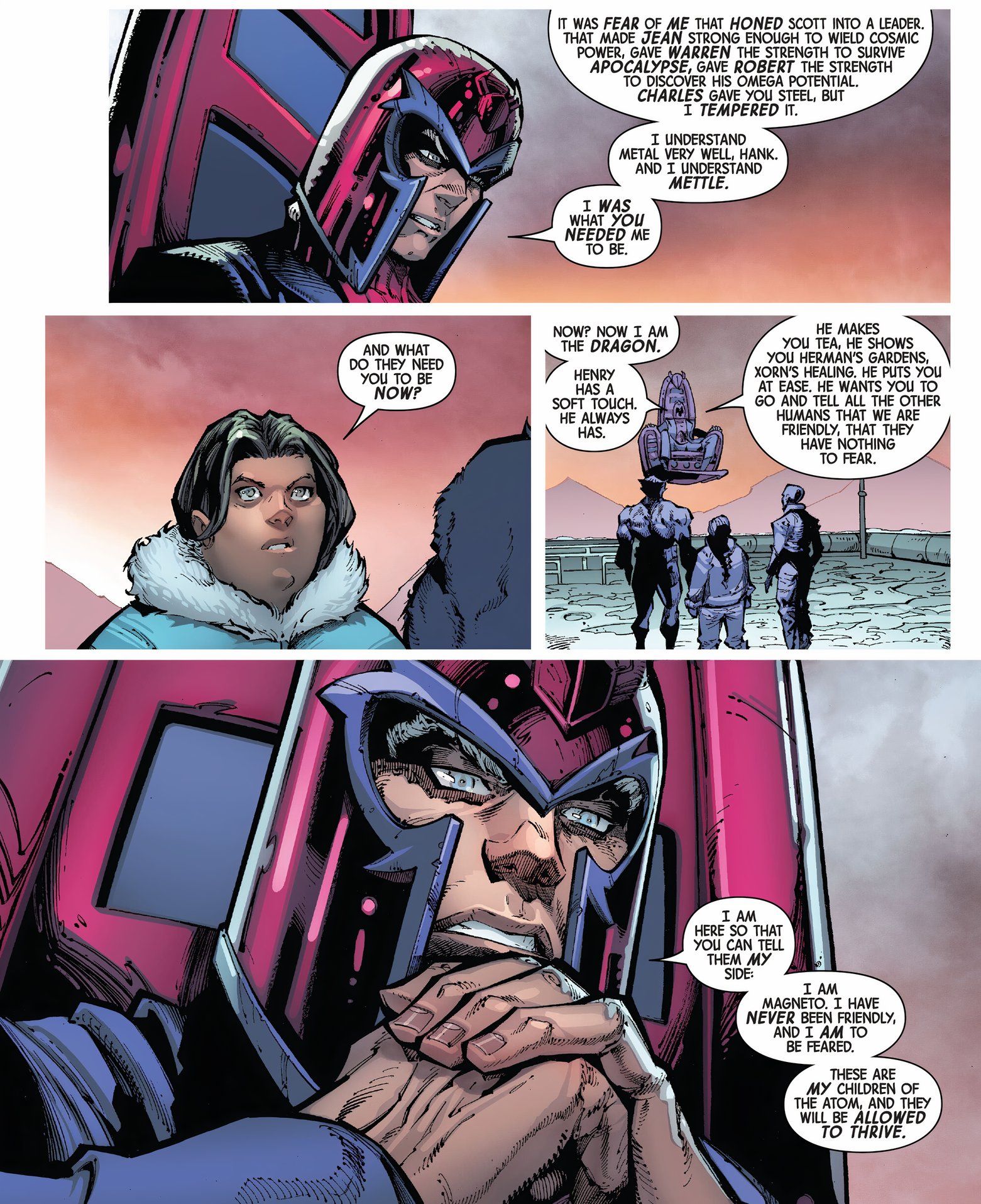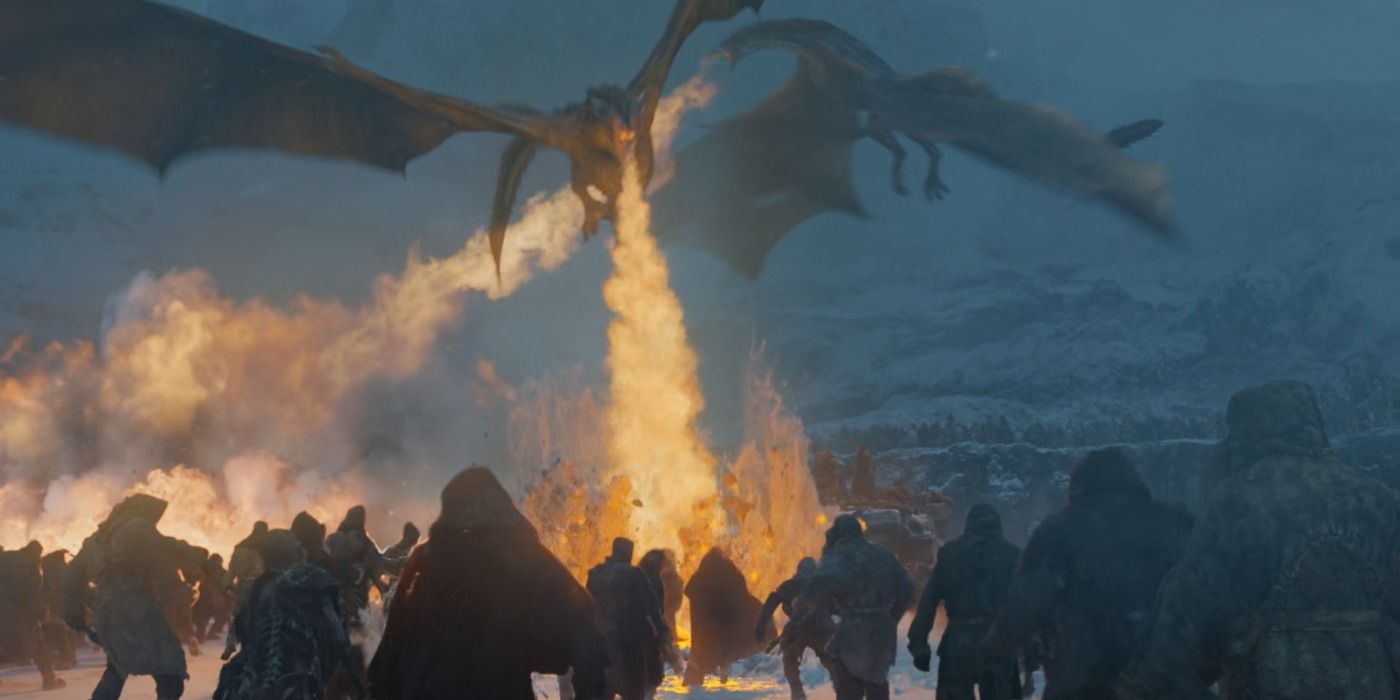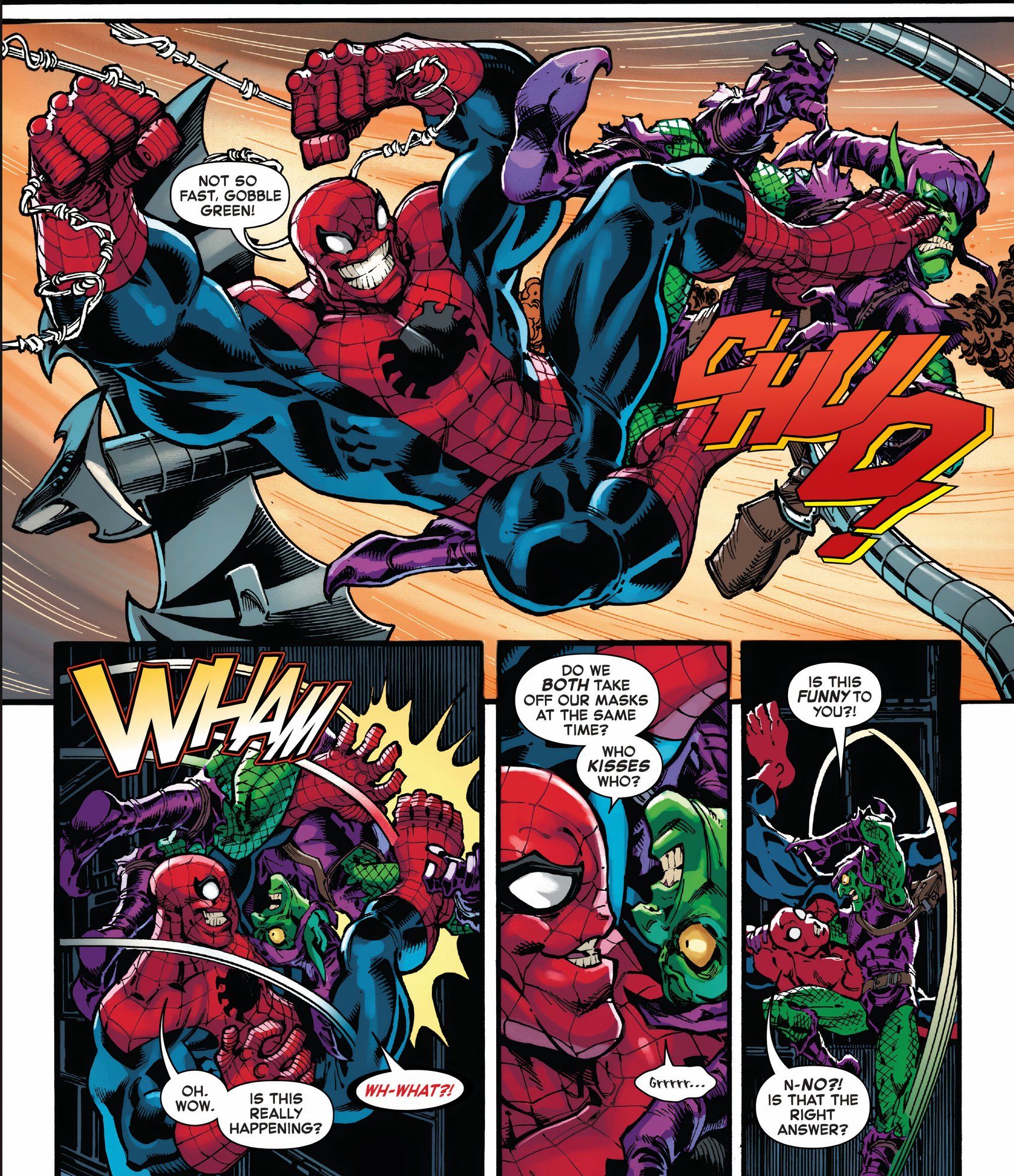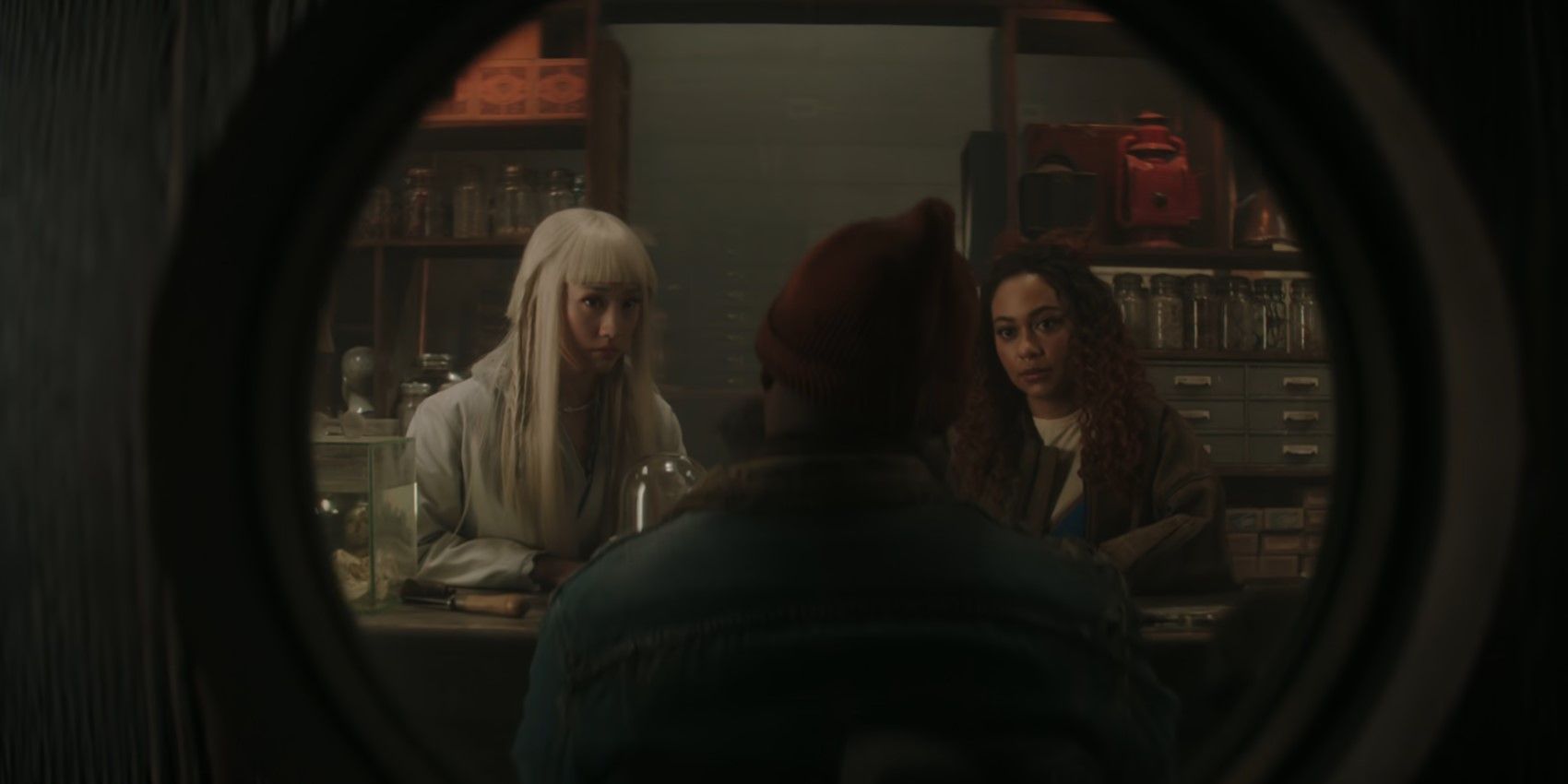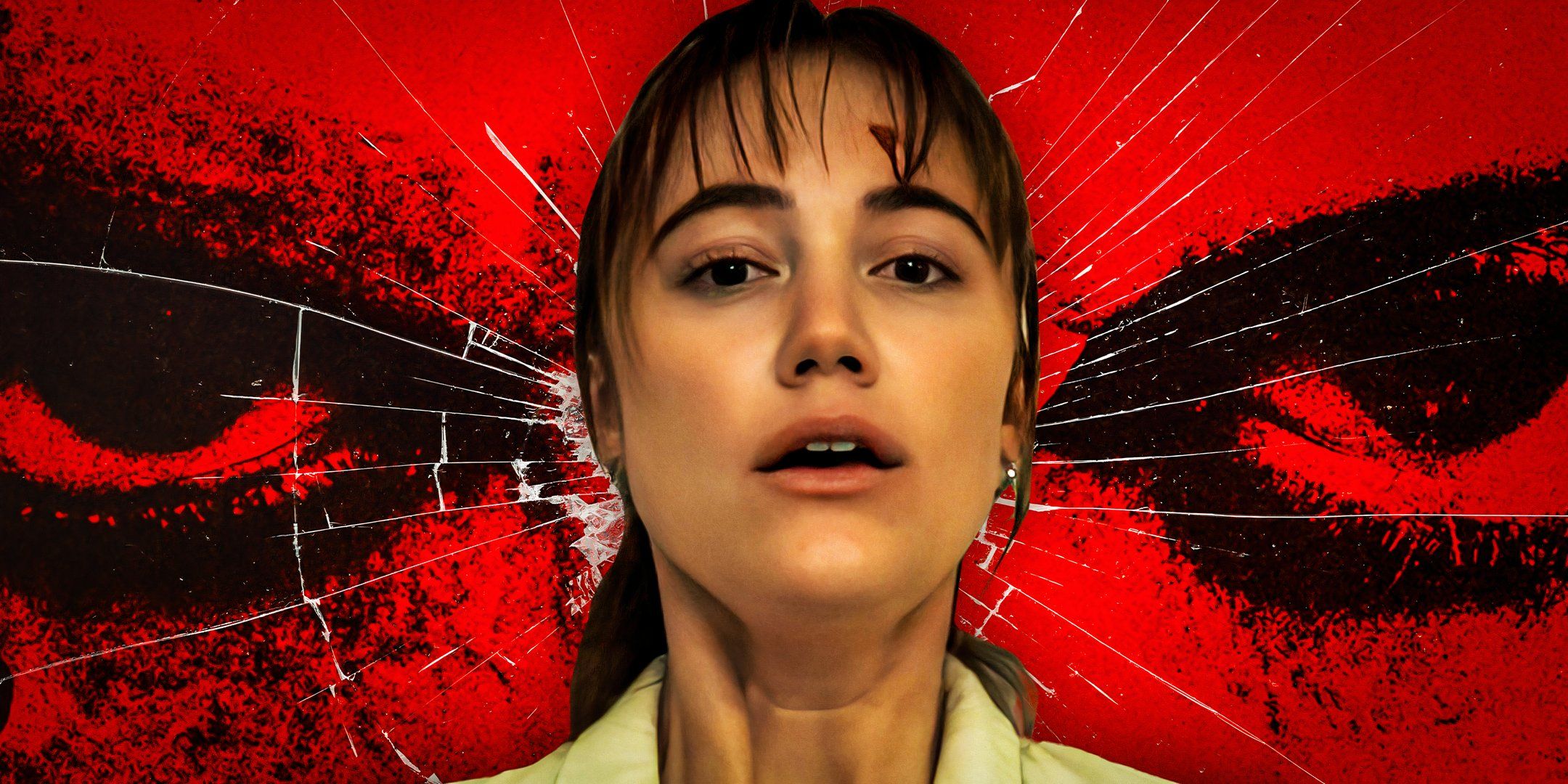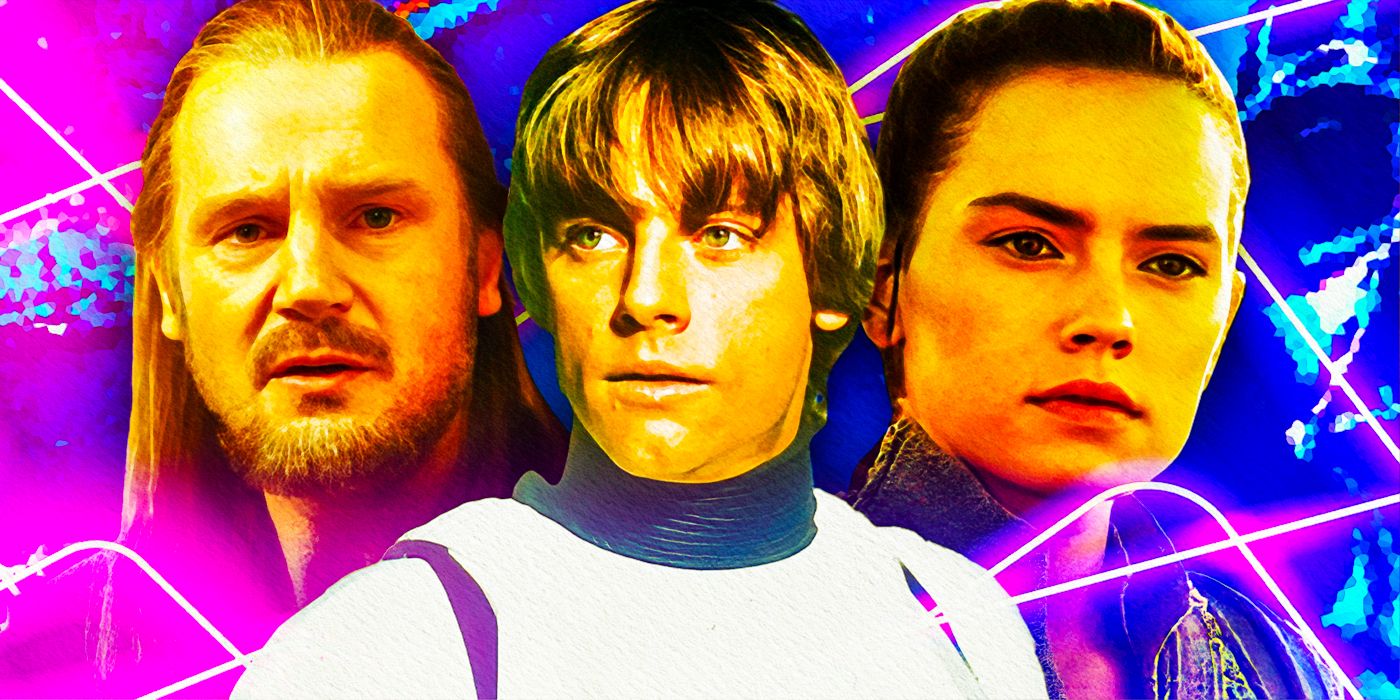It’s no surprise to those who’ve seen Blade Runner, or the sequel Blade Runner: 2049, that Philip K. Dick’s 1968 novel Do Androids Dream of Electric Sheep? is merely inspiration for the movies. Many of Dick’s books have been similarly adapted to film as action-adventure movies like Total Recall, Minority Report, Paycheck, and The Adjustment Bureau.
In 1982’s Blade Runner, indolent detective Rick Deckard traverses a futuristic Los Angeles looking for rogue replicants, humanoid robots built to serve people who’ve remained on earth after a debilitating war. From this basic premise the book and movie go in different directions, the most notable changes listed here.
Movie Left Out: Deckard is Married
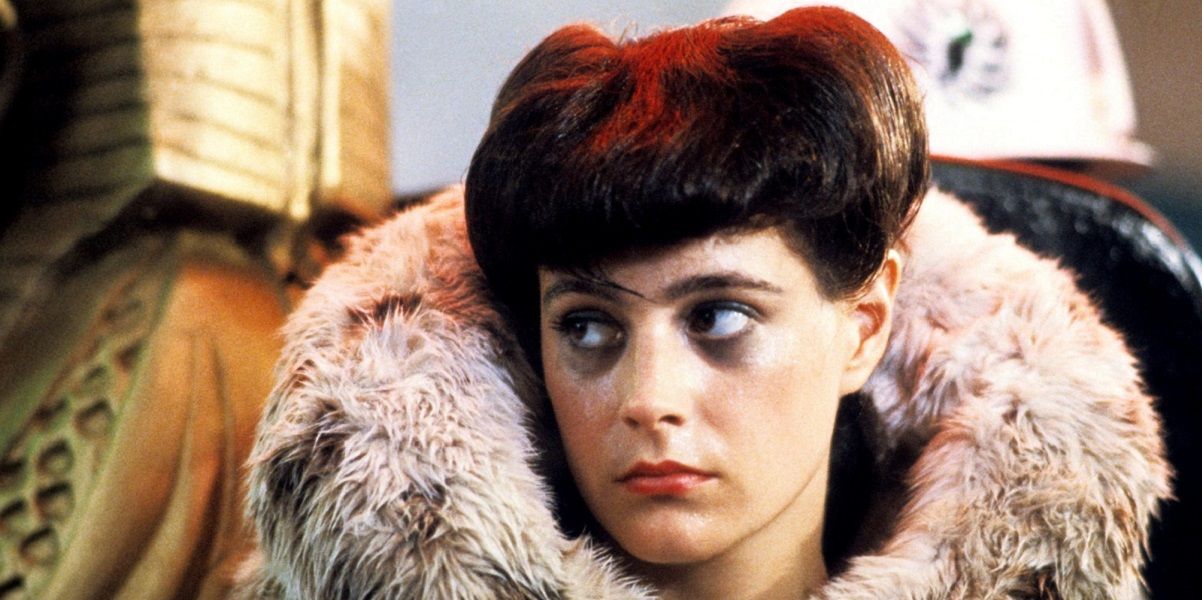
Probably the biggest omission from the book is Mrs. Deckard, Iran, who plays a significant role throughout the story. Iran isn’t involved in Rick’s detective work, but stays home to begrudgingly tends their pets – real and artificial – that Deckard purchases. Her absence in the movie allows Deckard to fall for another woman (or replicant) without judgment from the moviegoer.
Movie Added In: The Term Blade Runner
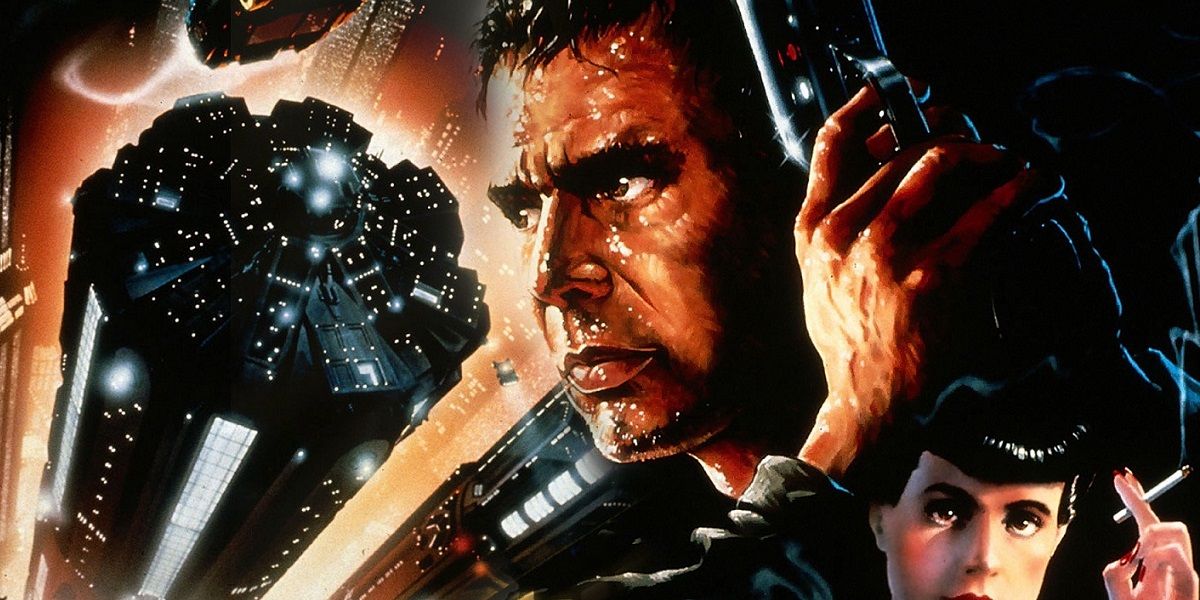
Like many of Dick’s novel’s titles, Do Androids Dream of Electric Sheep? doesn’t really roll off the tongue, so the movie was given the more exciting title Blade Runner. This term came about during pre-production, and is actually lifted from the 1974 novel The Bladerunner.
Director Ridley Scott liked this title better, and purchased the rights to the novel simply to use its name – neither movie offers any succinct explanation as to why futuristic android bounty hunters are called “blade runners.”
Movie Left Out: Earth is Devastated
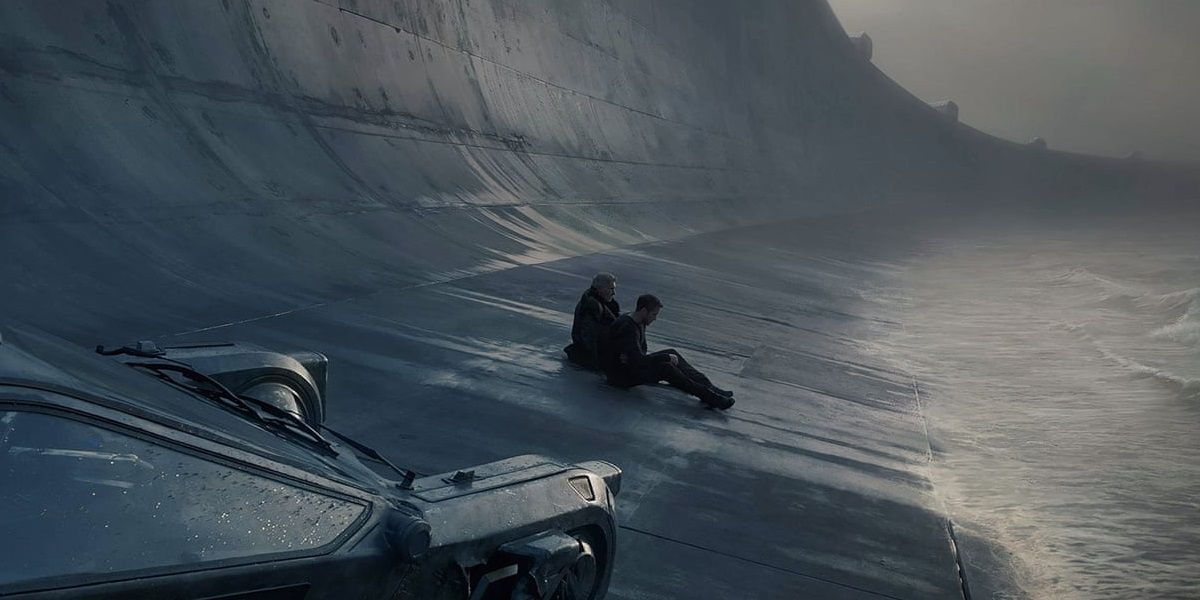
In Dick’s 1968 novel, the world is a desolate and barely habitable place, having been destroyed by a global nuclear battled called the “World War Terminus.” Terrans are encouraged to leave earth to escape the radiation and general devastation, and afforded personal androids called “replicants” to ease their life on other planets. The allure of living “off-world” is underlined several times in the original Blade Runner movie, inferring those who remain on Earth are foolish or undesirable.
Movie Added In: Futuristic Cities
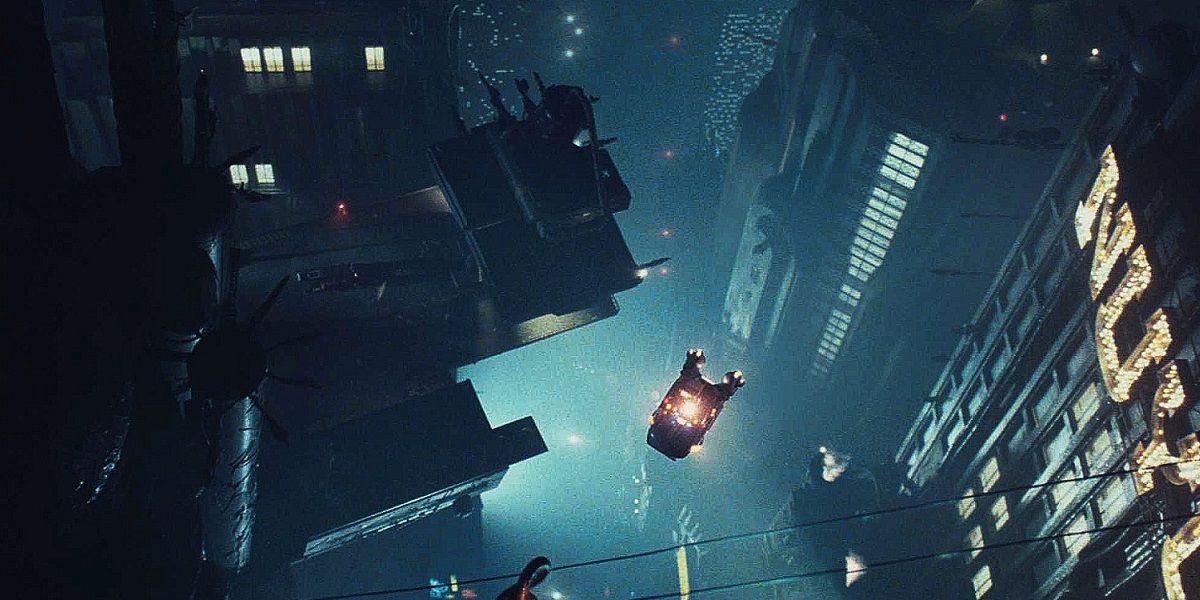
Unlike the novel, Blade Runner is set in the cool, futuristic city of Los Angeles, which is continually dark, wet, and overrun with garbage and large advertisements.
Although the sequel Blade Runner: 2049 takes the audience briefly to the countryside, and shows the ruin of civilization in several key set-pieces, there’s still the sense that the future is a worthwhile place to reside. The slick, dark look of the sets and costumes set the production design aesthetic of dozens of sci-fi movies to follow.
Movie Left Out: Rachael is Abhorrent
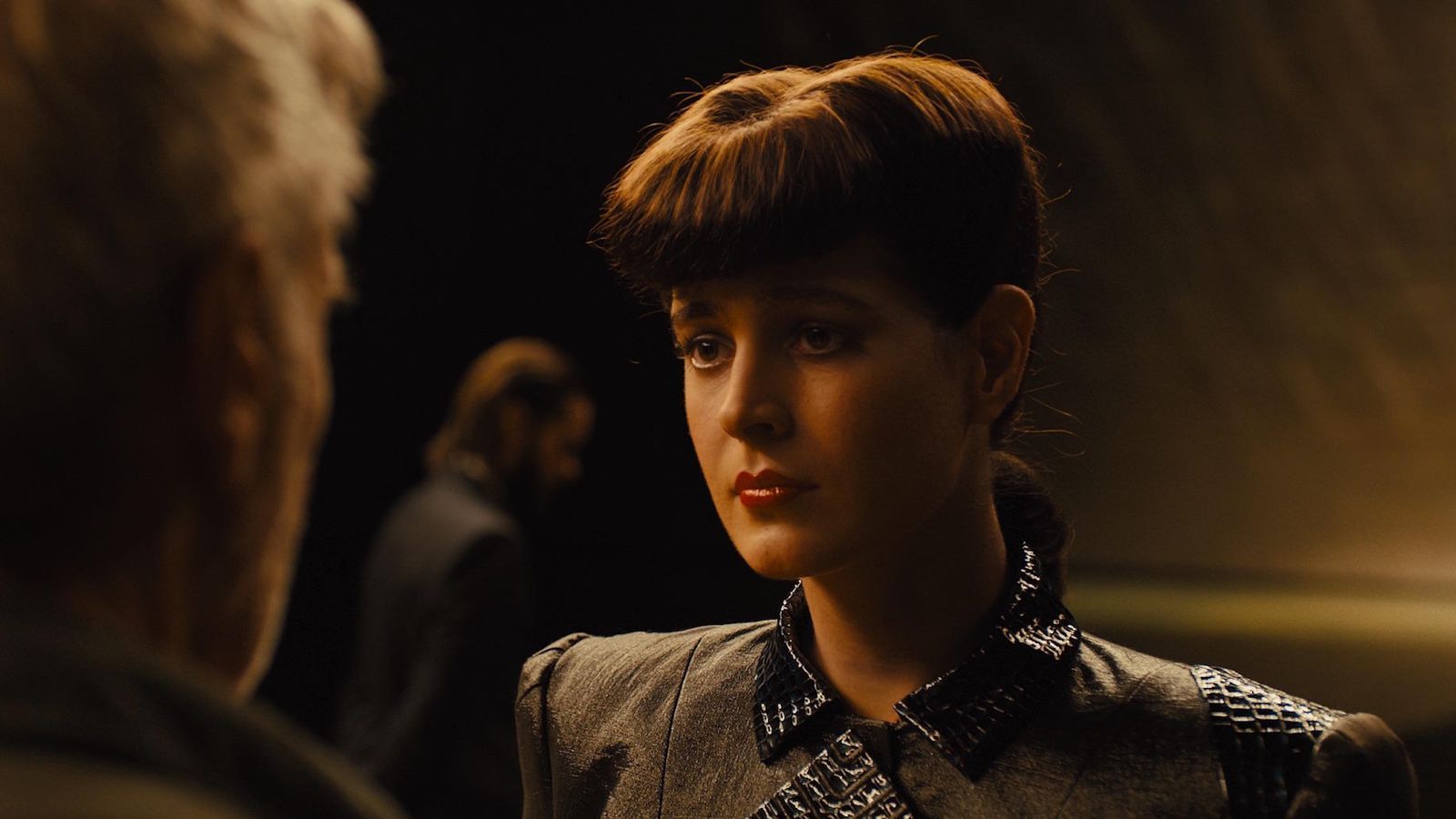
The replicant Rachael is more devious and underhanded in the book, seducing Deckard because he is a bounty hunter and she’s trying to throw him off his investigation. Rachael disappears for several chapters of Do Android Dream of Electric Sheep, reappearing briefly before leaving Deckard and the story entirely.
Movie Added In: Rachael is the Love of Deckard’s Life
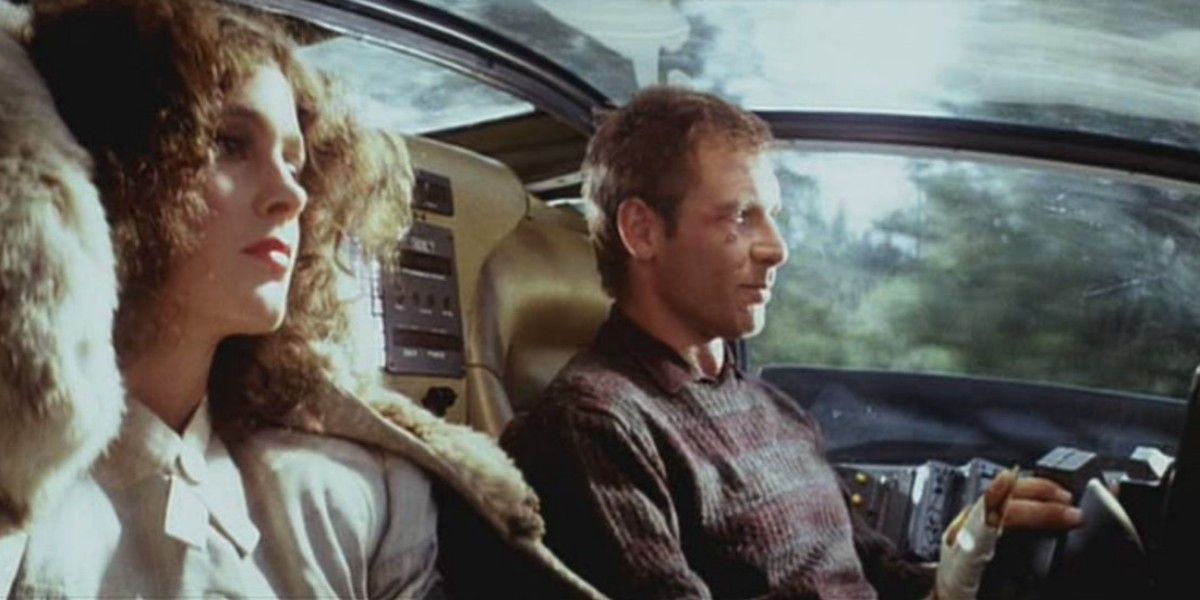
With no spouse to betray in the movie version, Deckard is free to pursue a relationship with anyone, and he and Rachael eventually end up together – or do they? Depending on the version of Blade Runner you prefer – there are 8, not counting the sequel – Rachael and Deckard have a romantic if secretive life together.
Deckard’s marriage allowed the book to ask questions about the morality of falling in love with a non-human replicant, but the movie barely touches on this theme when Deckard pursues Rachael.
Movie Left Out: Android Sheep
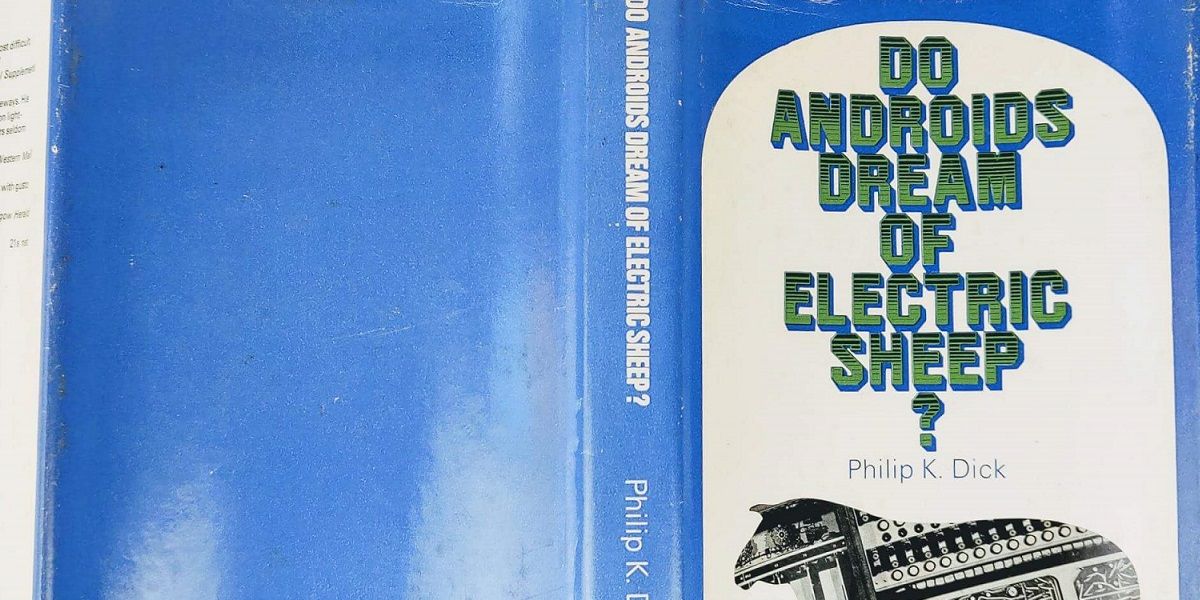
Although Blade Runner makes it clear that “real” animals are rare, and artificial pets can only be afforded and owned by the wealthy, it doesn’t speak to Deckard’s attachment to his sole android sheep in the book. His subsequent pursuit of a real goat, and the symbolism it represents to his goals and desires, is completely removed from the movie plot. In Blade Runner and Blade Runner: 2049 we see an artificial owl, snake, and dog, but no dreaming sheep of any kind.
Movie Added In: Murderous Replicants
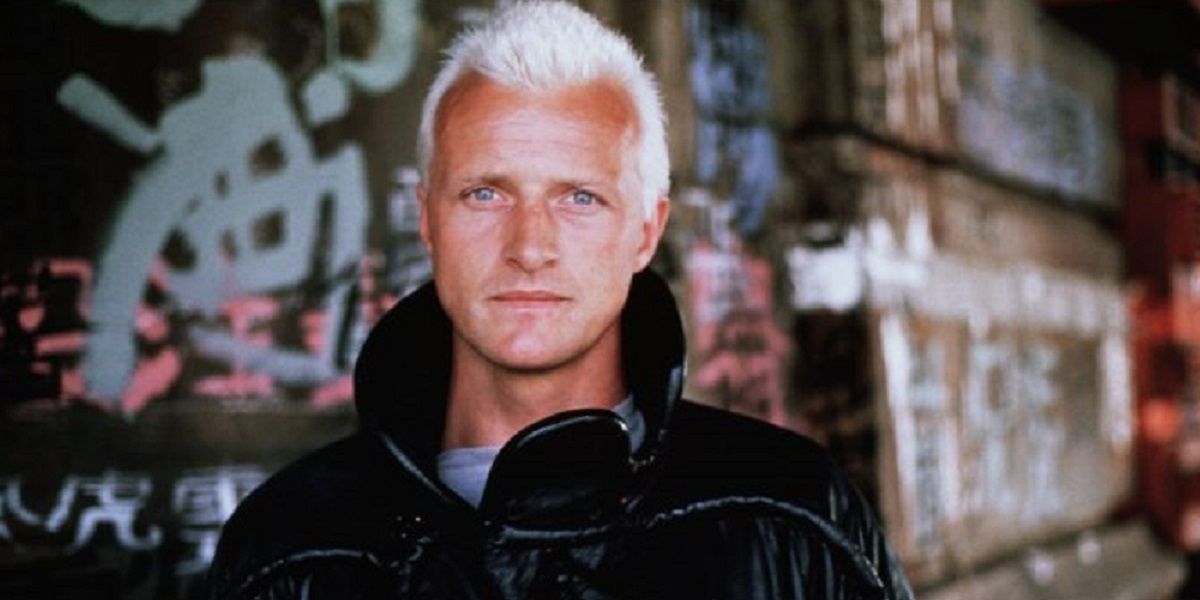
The pursuit of the rogue replicants in the film is accelerated by their actions prior to returning to Earth, murdering 23 people “off-world.” Replicants Leon and Zhora seem comfortable killing anyone in their way in Blade Runner, and in Blade Runner: 2049 replicant Luv is dispatched expressly to “retire” anyone who impedes the lofty goals of the Wallace Corporation.
That replicants could be seen as emotional creatures, positive or negative, is in contrast to one of the main themes of the book: that only humans have empathy.
Movie Left Out: Satire
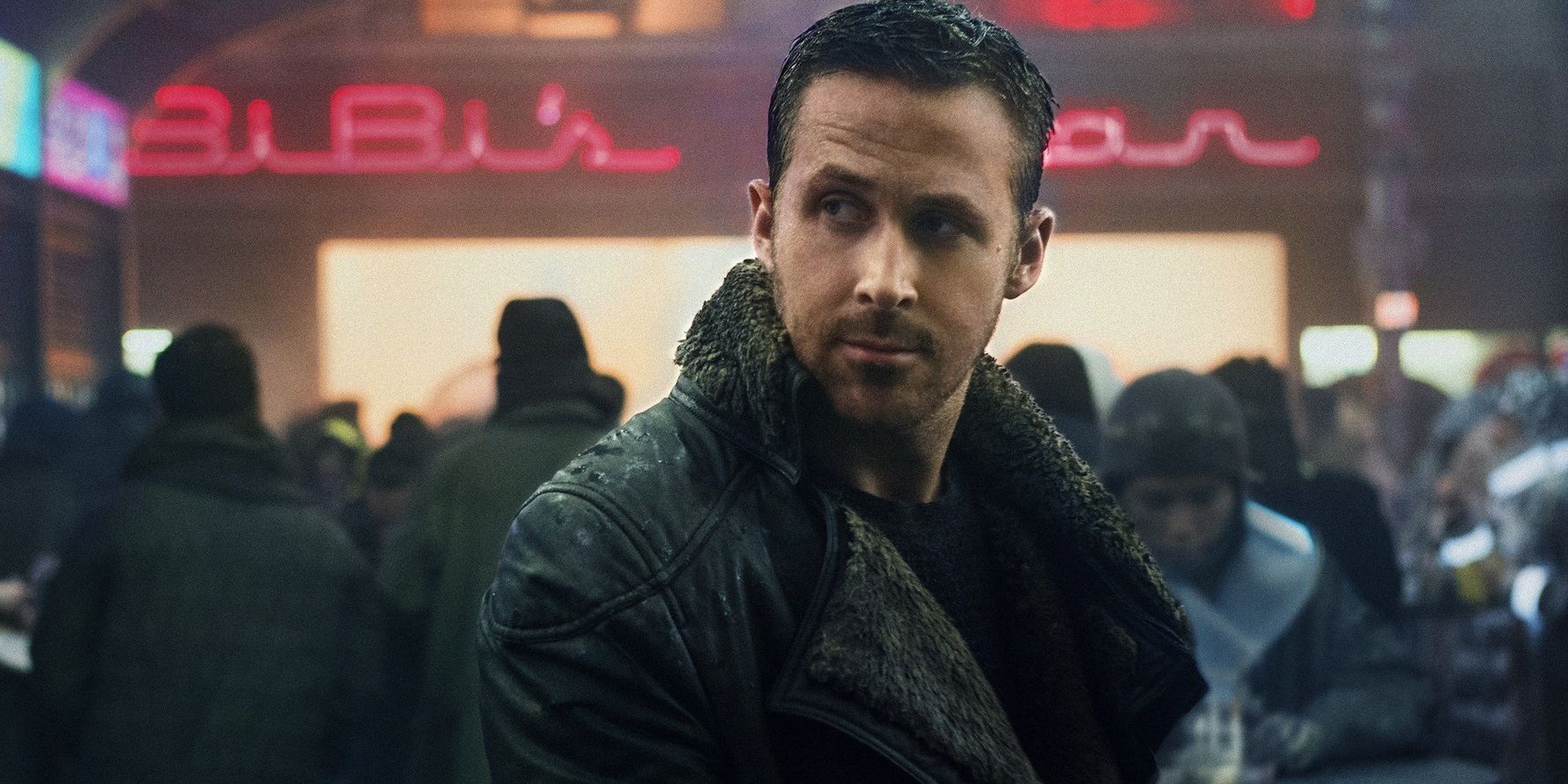
Many have commented on the satirical aspects of Do Androids Dream of Electric Sheep?, whether it was consumerism, artificial intelligence, or corporate control of the pillars of society (a common theme in Dick’s novels). This was especially outlined in the story of religious emissary Mercer, who used “empathy boxes” to help followers throughout the galaxy pursue enlightenment. Near the end of the book, Deckard finds himself undertaking a biblical task right out of Mercer’s history, providing a commentary on organized religion that was removed from the movies.
Movie Added in – Roy Batty’s Death
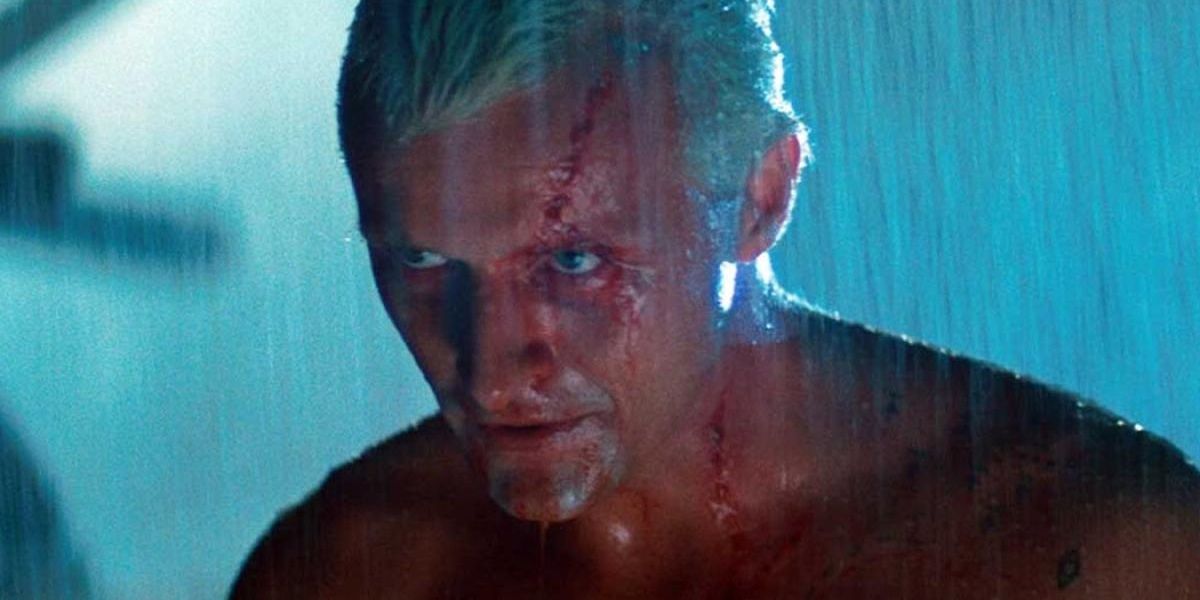
Anyone who’s seen Blade Runner knows about replicant Batty’s poignant death scene, which upends the climax and forces the audience to reassess the whole story. The search for meaning in life was one of the main themes in the book, but the movies take this to a higher level – especially for the replicants. Batty’s tearful, self-reflecting demise brought the entire movie home in terms of character, setting, and our hero’s journey. The question of whether replicants have a soul also features heavily in Blade Runner: 2049
Of all the things Blade Runner added in, this is probably one change that Dick would approve. It’s pop-culture impact is large enough that many could recite the scene by heart: “I’ve seen things you people wouldn’t believe…”
